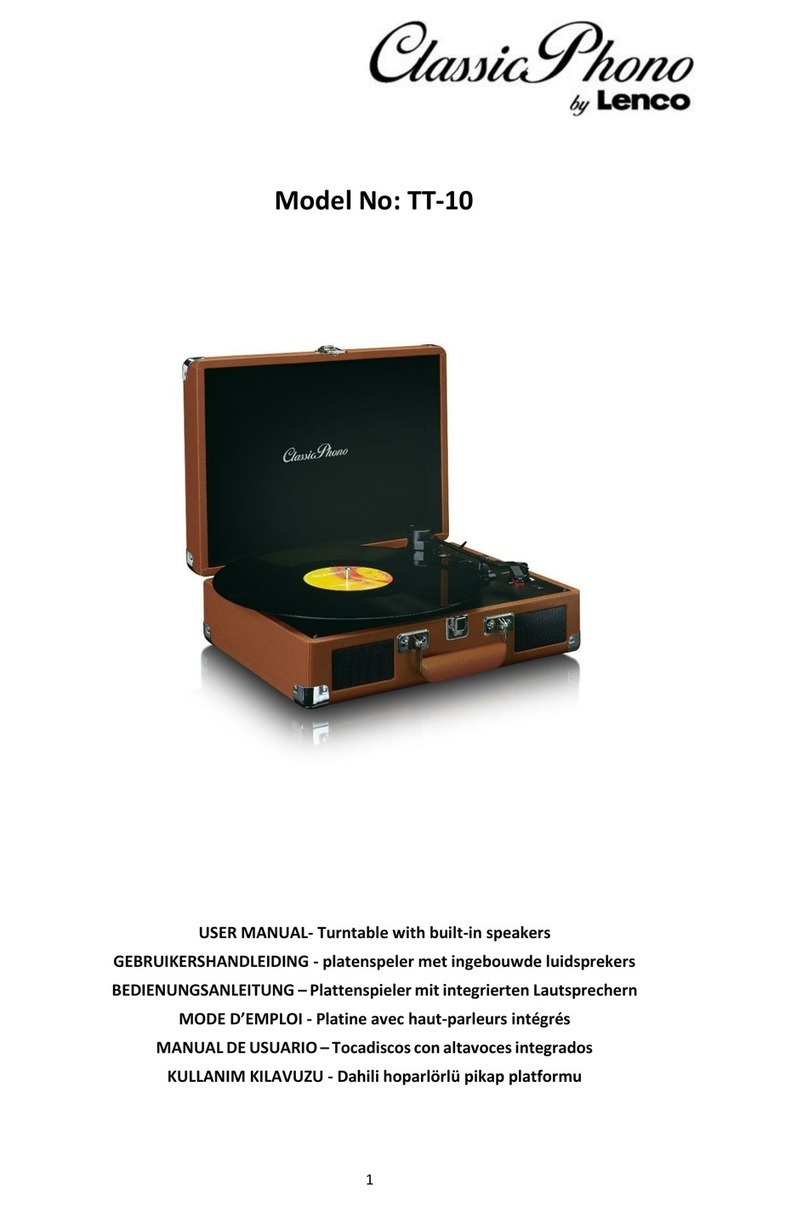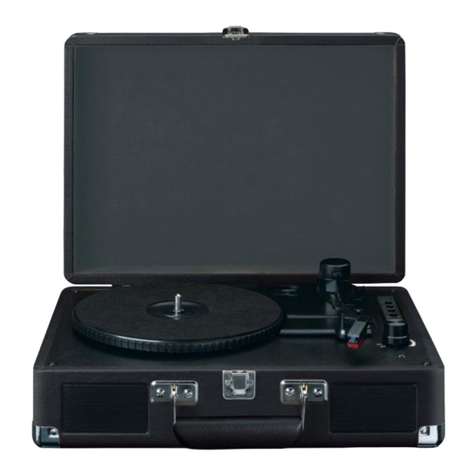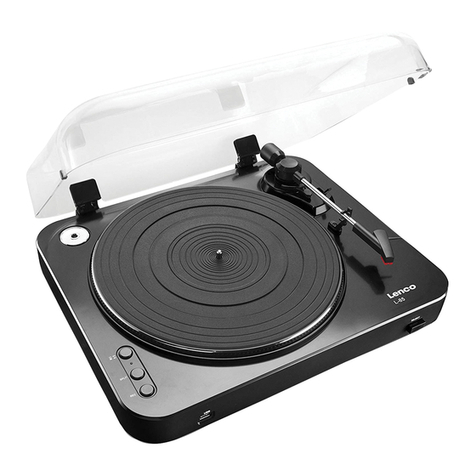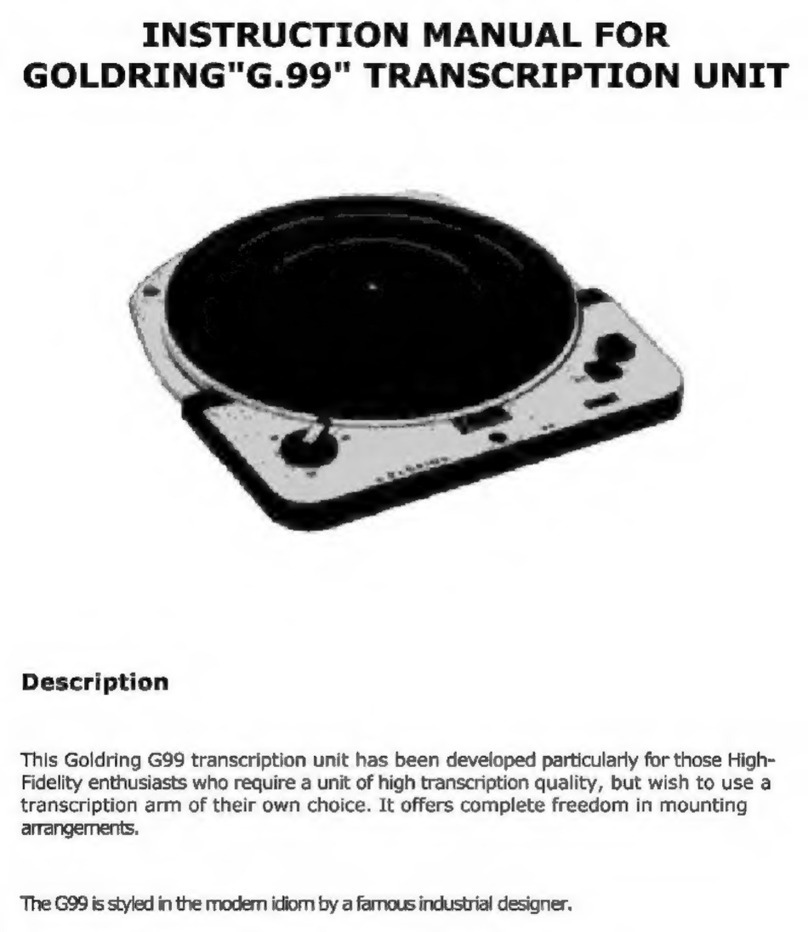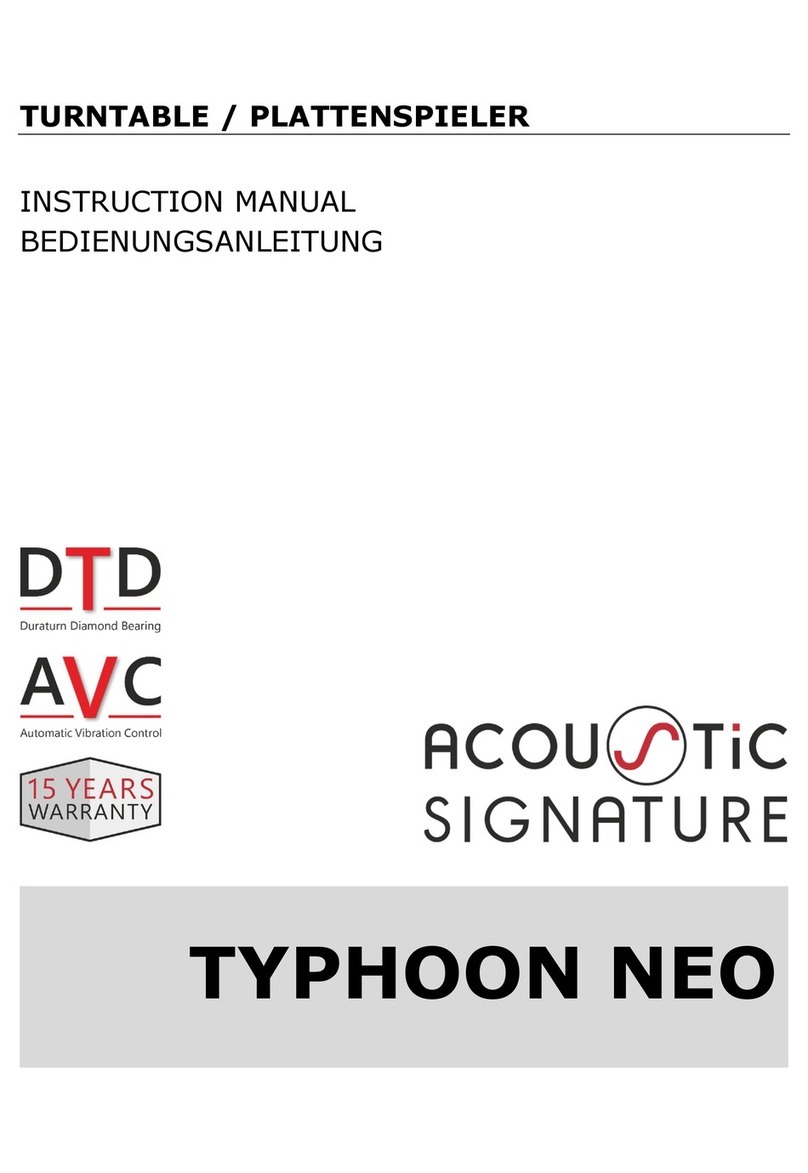LENCO L 75 User manual
Other LENCO Turntable manuals
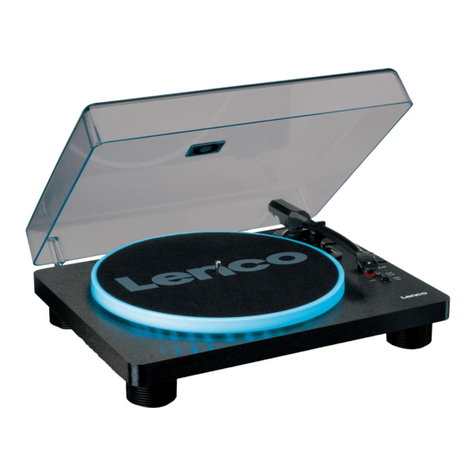
LENCO
LENCO LS-50LED User manual
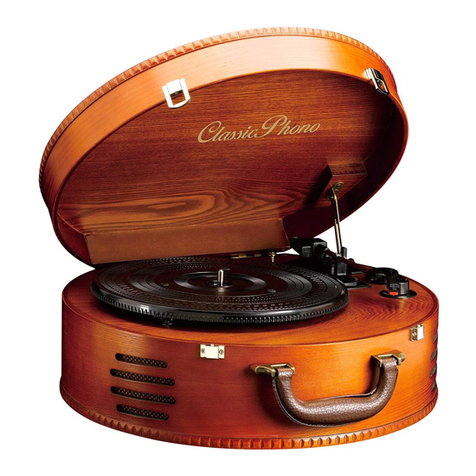
LENCO
LENCO Classic Phono TT-34 User manual

LENCO
LENCO LS-100 V2 User manual
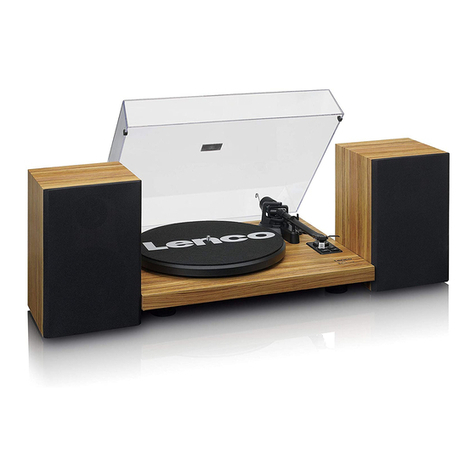
LENCO
LENCO LS-500 User manual

LENCO
LENCO L-3866 USB User manual
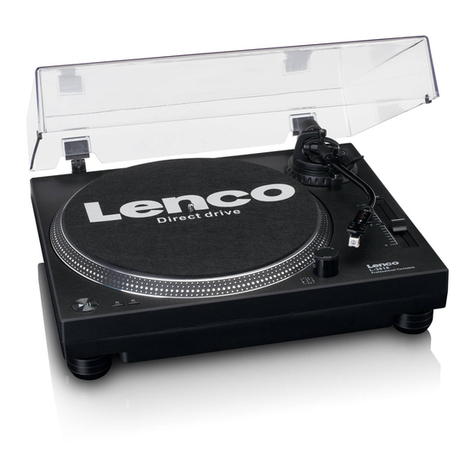
LENCO
LENCO L-3818 User manual
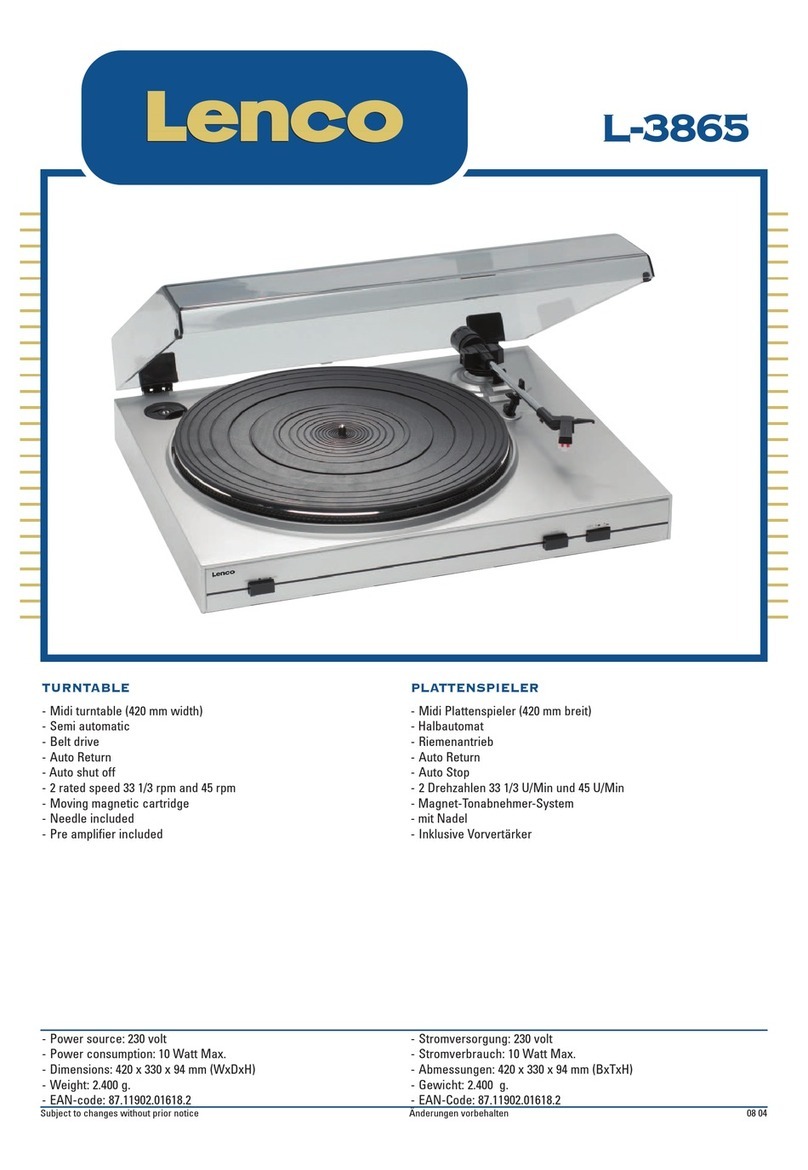
LENCO
LENCO L-3865 User manual

LENCO
LENCO Xemio-560 User manual
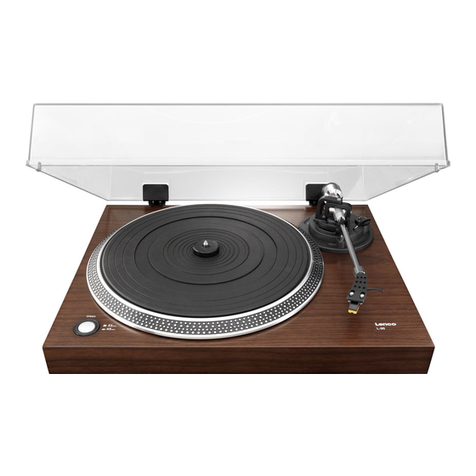
LENCO
LENCO L-90X User manual
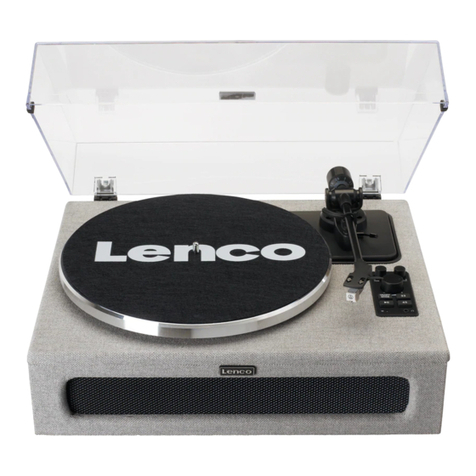
LENCO
LENCO LS-440 User manual

LENCO
LENCO Classic Phono TCD-2570 User manual
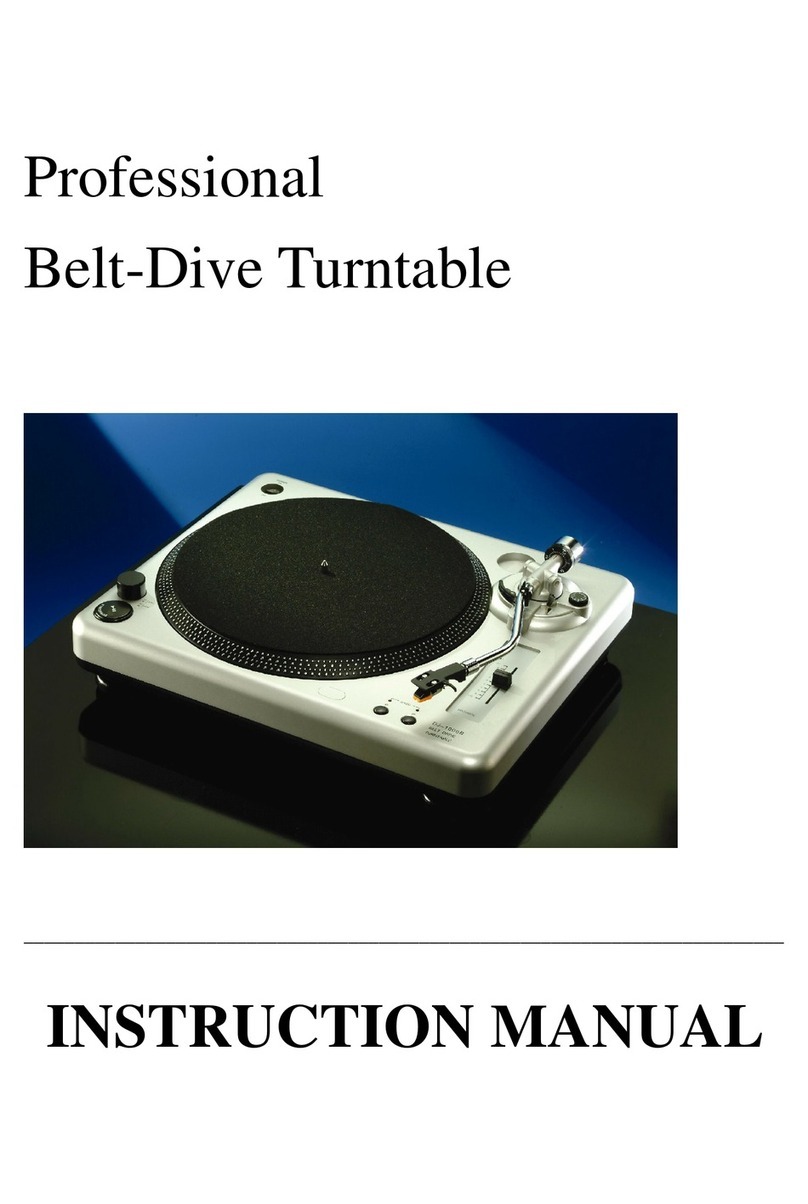
LENCO
LENCO DJ-1000 User manual

LENCO
LENCO 8711902040958 User manual

LENCO
LENCO LS-10WD User manual
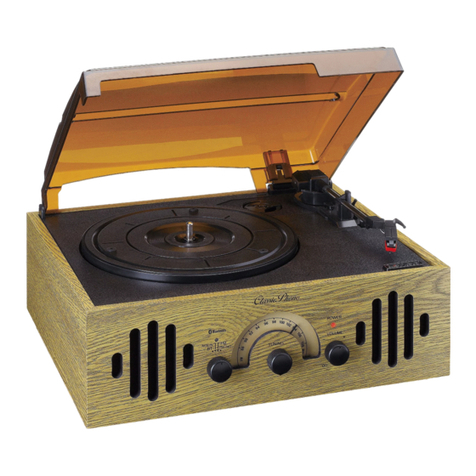
LENCO
LENCO Classic Phono TT-41 User manual

LENCO
LENCO L-69 User manual

LENCO
LENCO L-84 User manual
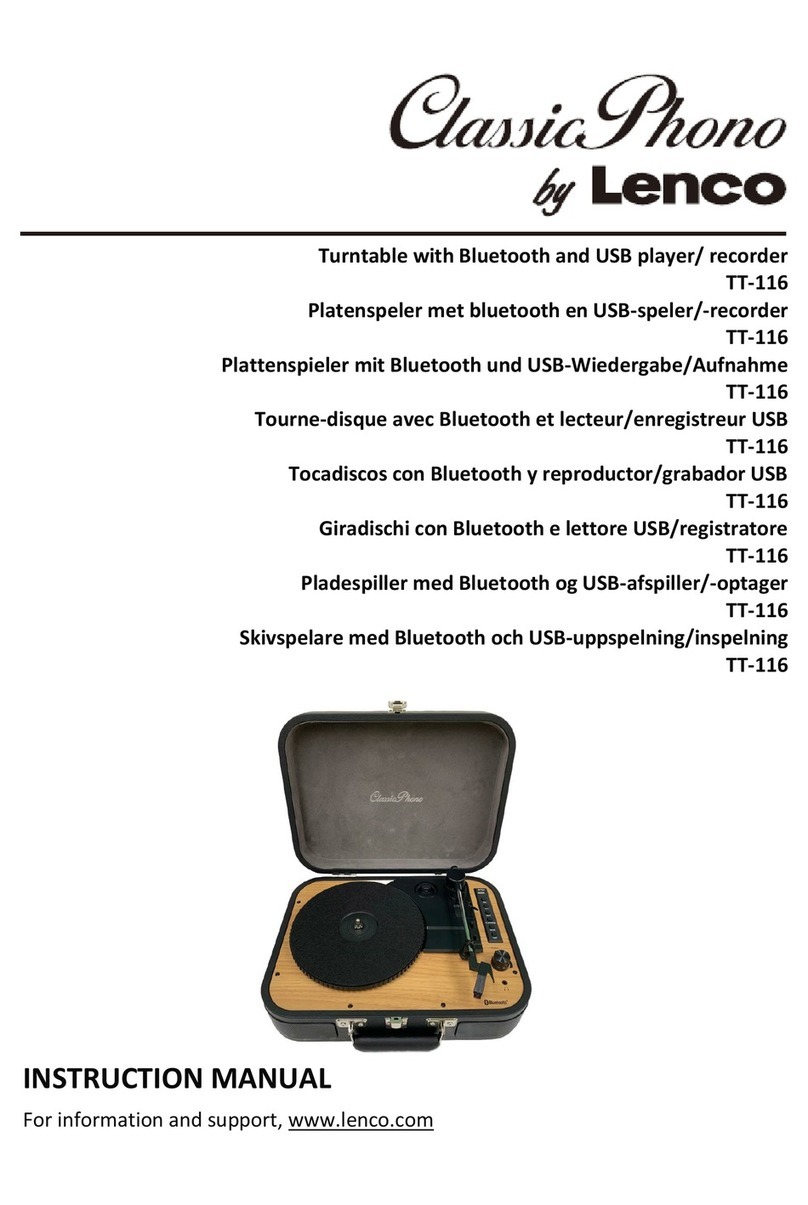
LENCO
LENCO Classic Phono User manual
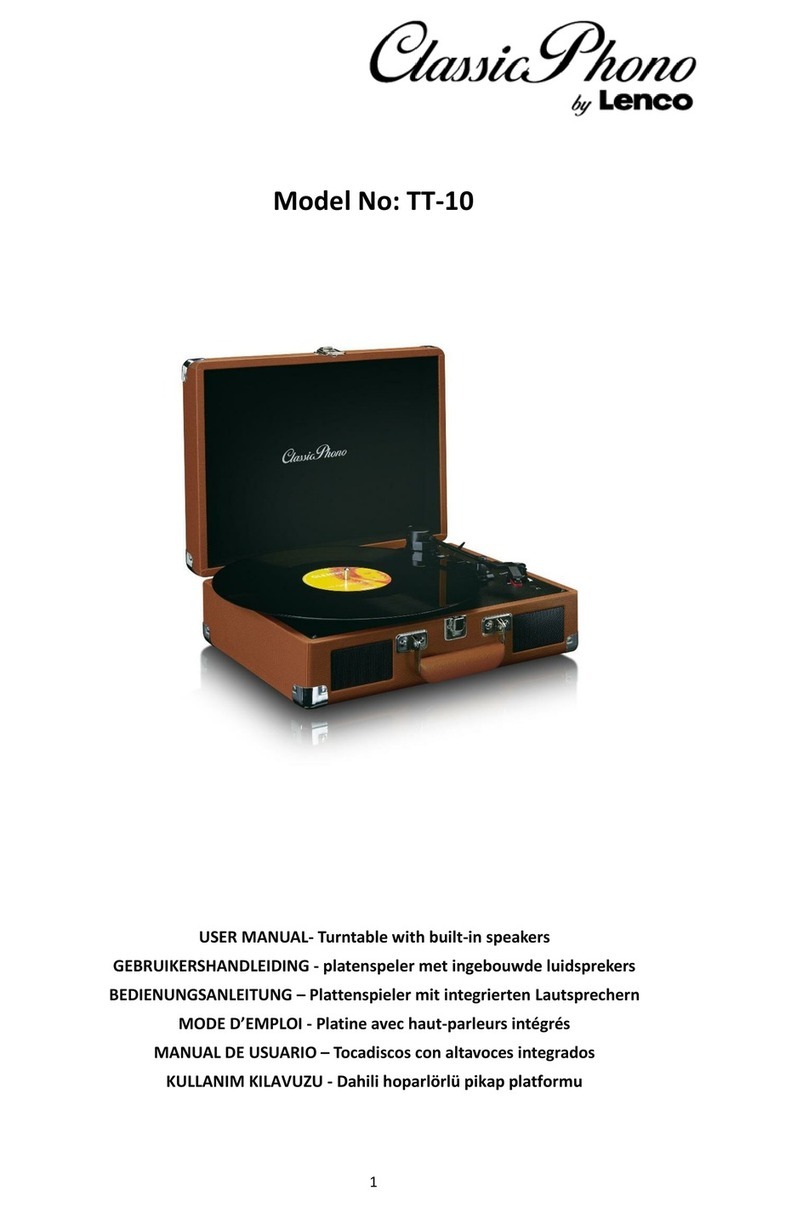
LENCO
LENCO Classic Phono TT-10BN User manual

LENCO
LENCO LS-55 UK User manual
